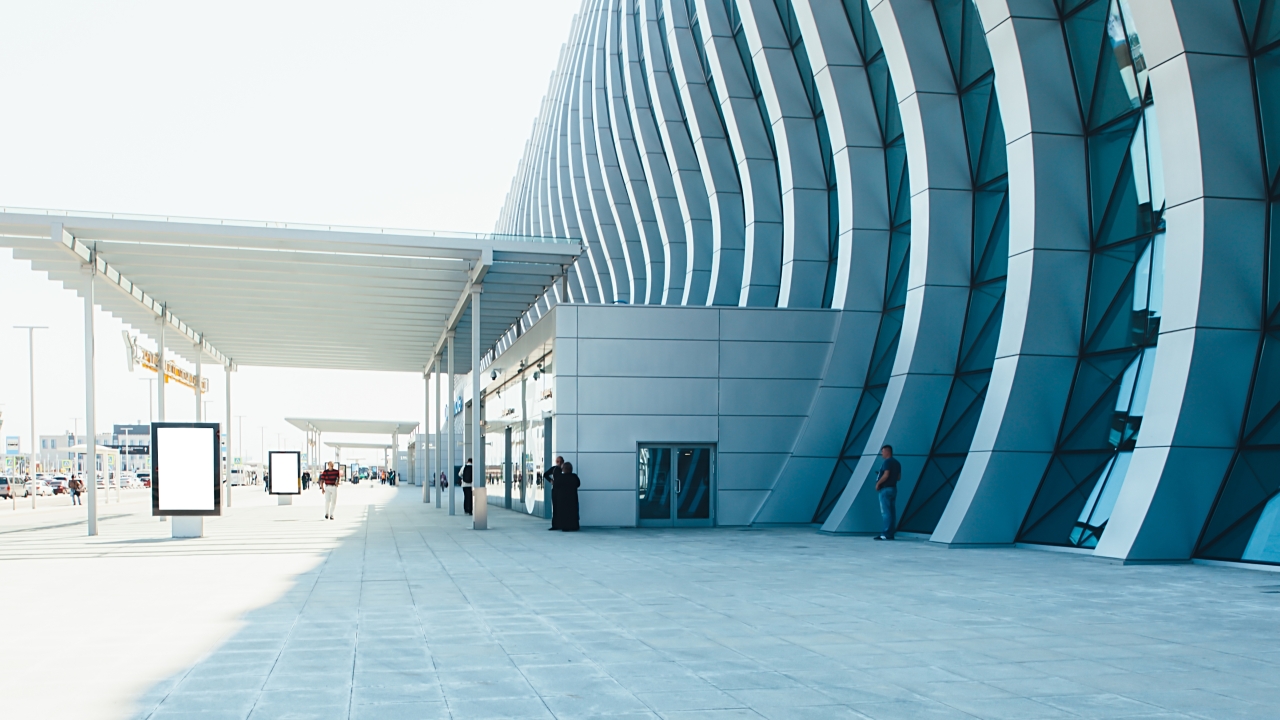Smiths Detection: Airport screening in a Covid-19 environment

“The COVID-19 pandemic has no historic parallels in terms of impact on aviation,” said Thompson. “The roadmap to recovery is not yet entirely clear, but what is clear is that airports will not be able to return to usual operations when restrictions are lifted. The end-to-end airport experience will have to be adapted to accommodate new procedures across luggage check-in, security clearance and boarding. Protecting passengers and airport staff from the transmission of the virus will be paramount, however the safe and effective security screening of passengers can never be compromised.”
The use of UV-C to disinfect trays
“Smiths Detection recently launched UVC kits which automatically disinfect baggage trays, capable of killing up to 99.9% microorganisms present on the trays as they are transported from the reclaim area back to the divest station. This proven technology has been successfully used for the disinfection of surfaces in industries with high hygiene requirements, such as the food and health sectors, for many years.”
The implementation of CT systems
“Computer tomography (CT) based cabin baggage scanners allow for liquids and laptops to be left inside passenger bags for screening. This means fewer trays need to be touched, reducing contact points and cross-contamination. CT systems also deliver very low false alarm rates, requiring far fewer rechecks by operators.”
Remote screening
“Remote screening, enabled by centralized image processing, allows operators to work in separate rooms, reducing passenger and operator interaction as well as queue times through increased operator efficiency.”
Queue management and people tracking technology
“Queue management strategies and technology can help to identify bottlenecks and prevent passenger build up, by providing real-time data on passenger numbers and flow.”
AI automation
“Algorithms are readily available to be used at the checkpoint to support security operators’ decision making. AI could also enable alarm-only viewing of x-ray images to create a more seamless passenger flow, reduce unnecessary interaction between operators and passengers and enhance security. The current need for this type of automation could accelerate the regulatory approval for alarm-resolution only inspection.”
Risk-based health screening
“AI and biometrics could be used to gather, combine and analyse comprehensive passenger risk profiles to allow for the more targeted screening of passengers for coronavirus, by identifying passengers with a higher risk - for example, those who have recently been in a location known to have an outbreak.”
Stay up to date
Subscribe to the free Times Aerospace newsletter and receive the latest content every week. We'll never share your email address.

